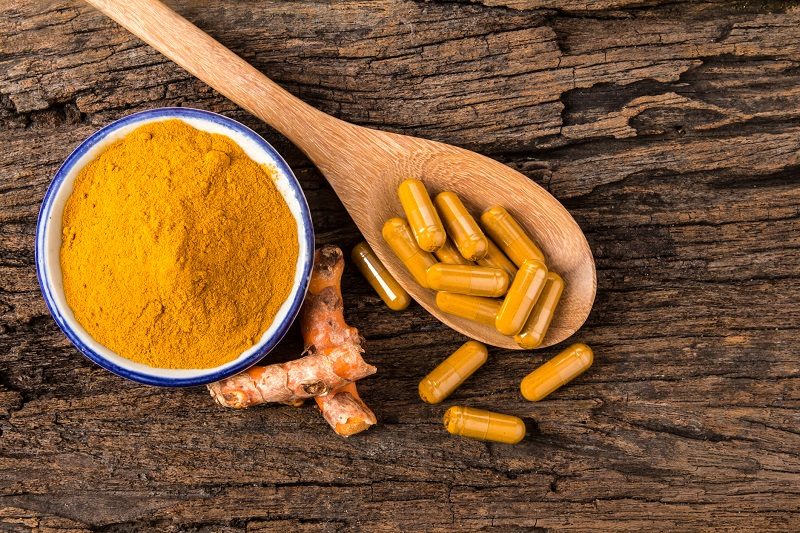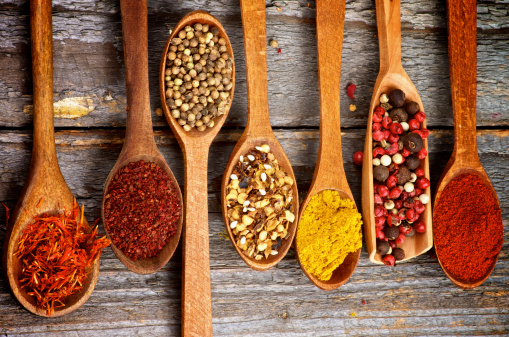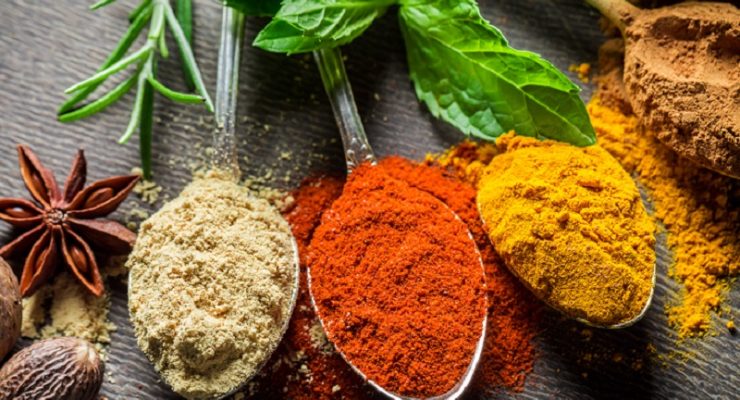The Health Benefits of Turmeric
Article posted in: Diet & Nutrition
As far as superfoods go, turmeric may seem “new” in the sense that it’s trending. However, it’s certainly not new in terms of longevity. It’s been around for ages. According to the book Herbal Medicine: Biomolecular and Clinical Aspects, Second Edition, turmeric has been used as a medicinal plant for around 4,000 years. More recently, its use and benefits have been well-researched with thousands of studies and articles published on it over the past few decades. As you see more and more news about turmeric continue to emerge, you might be wondering what exactly it is, the health benefits of turmeric and how you can incorporate it into your own healthy diet.
Read on for everything you need to know about turmeric:
What is Turmeric?


Turmeric is a plant related to the ginger says the National Center for Complementary and Integrative Health (NCCIH). It’s roots and stems (also known as rhizomes) are dried and made into the beloved golden spice. In fact, it is turmeric that is responsible for giving curry its golden yellow color. It is also added to a variety of food products and cosmetics due to its golden hue. However, it’s important to note that turmeric is more than just a pretty color. Over the years, research has uncovered a variety of amazing health benefits.
Health Benefits of Turmeric


There have been many studies done on turmeric in order to uncover its potential health benefits. According to the Arthritis Foundation, turmeric and its component curcumin have been shown to provide anti-inflammatory benefits and prevent pain and inflammation of the joints in several studies.
There may be a multitude of other health benefits beyond its pain-relieving purpose. Scientists have even found that there may be a link between turmeric and brain cell regrowth. In a study published in the journal Stem Cell Research & Therapy, researchers discovered that when they put neural stems cells in petri dishes and bathed them in extracts of a chemical found in turmeric, up to 80 percent more of the stem cells grew into neurons or other cells, compared to the control experiments where the chemical wasn’t used. These findings just may hold future possibilities for Alzheimer’s research and treatments.
In addition to brain health, NCCIH states that other studies have researched the compounds found in turmeric for potentially treating diabetes, cancer, colitis and arthritis. However, more research is needed in these areas. Researchers have even studied the chemical curcumin and its ability to fight heart disease. According to Healthline, several studies suggest that curcumin can improve the lining of blood vessels and decrease inflammation, both of which play a role in developing heart disease.
No matter what its exact benefit, it’s clear that turmeric is a potent antioxidant that may deliver a variety of benefits. For that reason, you’re likely wondering how you can get more of it into your diet.
How to Enjoy This Golden Spice


If you’re interested in turmeric as a supplement, there are a lot of options. It’s important to do your research and make sure that you are getting a high-quality product. It’s always important before starting any new supplement regimen, that you first check with your doctor. You should also avoid taking excessively large doses.
Instead of taking turmeric as a supplement, you could also incorporate the spice into your diet when cooking. There are many different ways to add ground turmeric to your foods. You could blend it into smoothies, add it to soups and stews and even mix it into your tea as it brews. Cooking lentils and legumes in olive oil mixed with a teaspoon of turmeric is a great way to add some flavor while also boosting the health power of your meal.
You might also consider cooking with fresh turmeric—right from the root. Just like ginger root, you can grate it or cut it and add it directly to meals. Consider stirring freshly grated turmeric into your salad dressings, batters for baking or even your smoothies. You’ll intensify the flavor and increase the health potency of your dish. Juicing turmeric has also been a popular method of getting more of this zesty spice.
If you’re looking to add more if this spice to your menu, you will be happy to know that it’s considered a Free Food on the Nutrisystem program! Check out these Nutrisystem-approved recipes:
- Morning Tofu Scramble >
- Ground Turkey and Veggie Curry With Brown Rice >
- Boneless Garlic Ginger Chicken Bites >
No matter how you choose to consume it, research certainly seems to lean in the favor of finding ways to add turmeric to your diet. With all the potential health benefits and its bold flavor, you’ll be glad you did.










